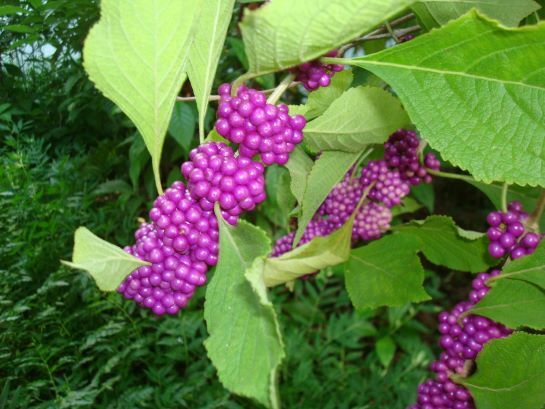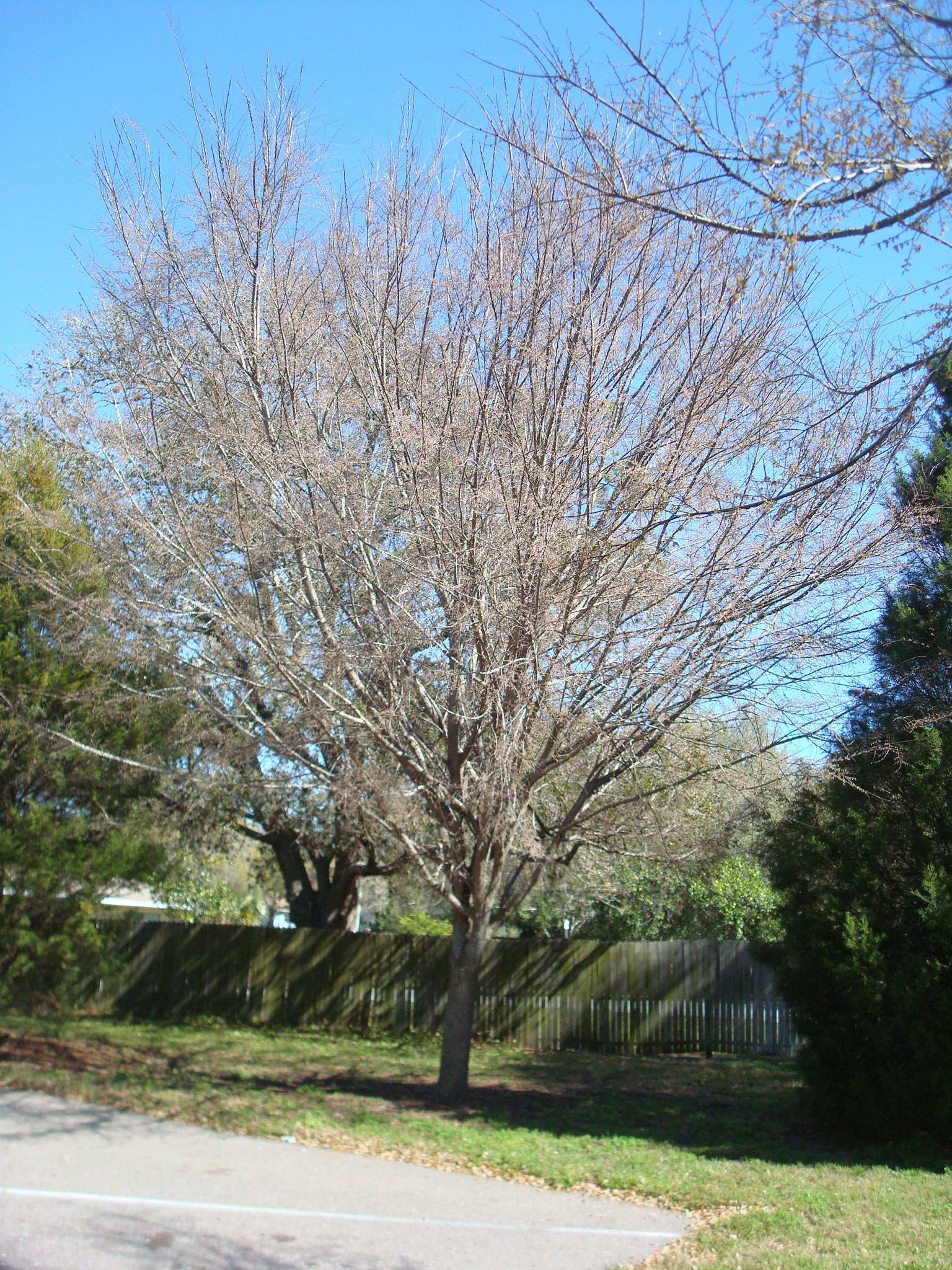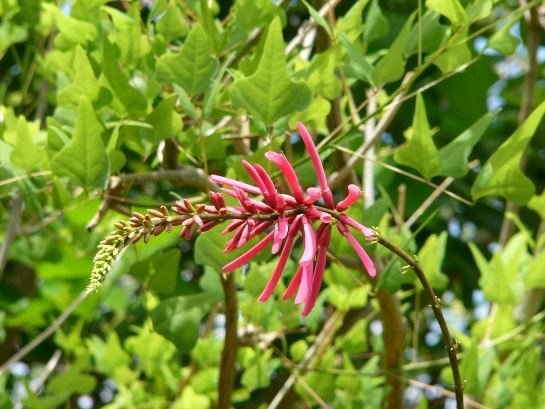As winter gently sweeps into the Sunshine State, you might assume that Florida’s vibrant landscapes would lose their luster. However, nature has a surprise in store. Many of Florida’s native plants gracefully enter a state of winter dormancy, revealing a different kind of beauty that’s just as captivating as their lush, green, and blossoming counterparts. In this blog post, we’ll explore the charm of these dormant plants and discover some native species that take their well-deserved rest during the winter months.
The Serene Season of Winter Dormancy
Winter dormancy is not a sign of weakness or decline in native plants. Instead, it’s a clever adaptation to Florida’s unique climate, where the subtropical and temperate zones overlap. During this period, these plants conserve energy, reduce water loss, and prepare for the spring awakening. While they may appear bare or less vibrant, they are far from lifeless. In fact, their subtlety adds a touch of elegance to the winter landscape.
Florida’s Native Dormant Stars
Beautyberry (Callicarpa americana)
This native shrub grows to 6 to 12 ft. tall and about as wide. Its arching branches display small pink flowers in the spring and early summer as well as striking violet-purple berries in the fall. During winter, after the berries have been devoured by wildlife, beautyberry showcases its graceful arching branches, adding a sculptural quality to the landscape. Pollinators are attracted to the subtle, but attractive small flowers and songbirds to the showy berries. Beautyberry is a very easy growing, drought tolerant shrub for well drained soil and partial shade to full sun. Shop Beautyberry here.

Winged Elm (Ulmus alata)
This native shade tree grows to 50 feet high or better, with a broad spreading canopy. The young branches have wing-like growths running their length which creates a distinctive characteristic of this species. Winged Elm grows quickly, yet is strong wooded and is used for a variety of uses. The tree is an absolute for nesting songbirds and the dry seed is not only relatively clean, but a good wildlife food source. Plant Winged Elm for summer shade and winter sun. Shop Winged Elm here.

Red Maple (Acer rubrum)
This large, deciduous shade tree grows 40-60 feet with a rounded, compact crown. Red Maples will display red foliage in wet natural areas year round but need cool to cold weather in the fall to get foliage color in landscape applications. It produces red flowers, arils (winged seeds), and new leaves through the winter making this a colorful native tree potentially producing color over a long period of time. Plant in average to wet conditions in sun or partial sun for shade, landscape color and wildlife benefit. Shop Red Maple here.

Coral Bean (Erythrina herbacea)
This deciduous and thorny, low shrub to small tree has many herbaceous stems arising from the woody lower stem and perennial root. They have legume pods containing several bright red toxic beans. The striking terminal spikes of red flowers in the spring attract migrating Hummingbirds and are typically bore before spring foliage emerges. The plants die back to the ground in the winter in colder areas. It is very thorny with re-curved spines. It is tolerant of salt air, partial shade, or full sun. Very drought tolerant. As a thorny plant, it is good for background and security barriers. Shop Coral Bean here.

Bald Cypress (Taxodium distichum)
This impressive deciduous conifer grows to 75 ft. or taller. Bald Cypress has beautiful soft ferny looking foliage and is slender or conical in early years becoming flat topped in very old age. It is an important tree economically, being used for a diversity of wood and forestry products. The trees can live to great ages developing buttressed trunks and knees from the roots. It is the Redwood counterpart to its west coast relative, living to great ages. This is a wetland species that is very adaptable to flooding as well as drier drained sites. Shop Bald Cypress here.

Caring for Dormant Natives
While dormant native plants are relatively low-maintenance, there are a few steps you can take to ensure their well-being:
- Pruning: Minimal pruning is usually sufficient during dormancy to remove dead or diseased branches. Avoid heavy pruning, as many native plants will soon burst forth with new growth in the spring.
- Mulching: Apply a layer of mulch around the base of dormant plants to help conserve moisture and protect their root systems from temperature fluctuations.
- Watering: Keep an eye on soil moisture levels, especially during dry spells. Native plants are adapted to Florida’s climate, but they still need occasional watering, particularly young or newly planted specimens.
Conclusion: A Time for Reflection and Renewal
Winter dormancy in Florida is a season of quiet beauty and reflection. Native plants that embrace this period not only survive but thrive, demonstrating nature’s incredible resilience and adaptability. As we witness the subtler, more contemplative side of Florida’s landscapes, we can appreciate the artistry of dormancy and eagerly anticipate the vibrant renewal that spring will bring to our gardens and natural spaces. So, as the days grow shorter and the nights cooler, take a moment to cherish the dormant beauty that surrounds us and the promise of the seasons yet to come.


